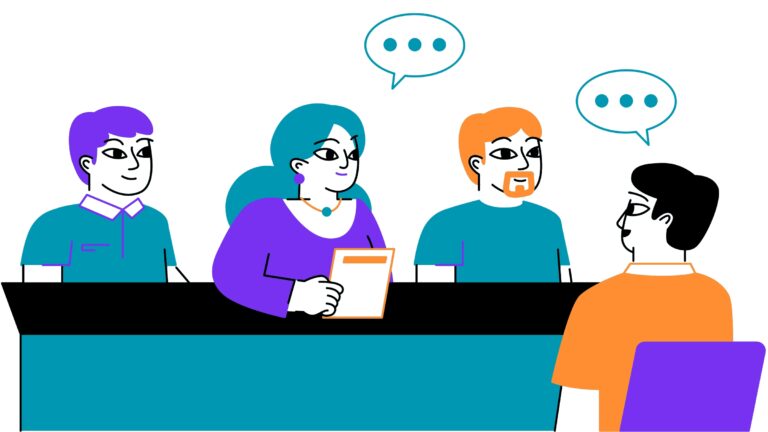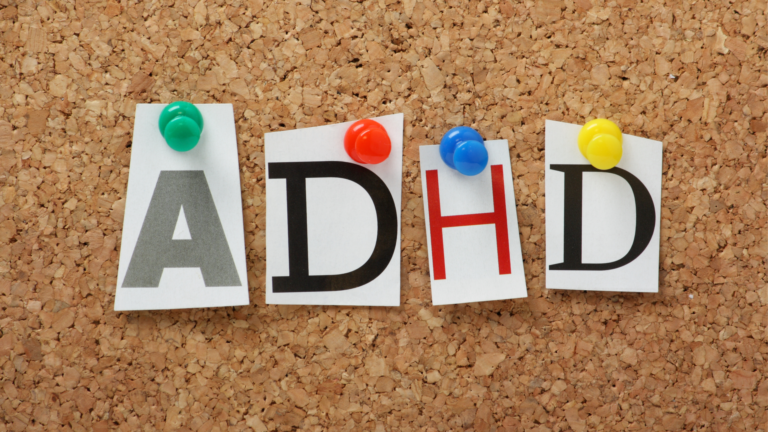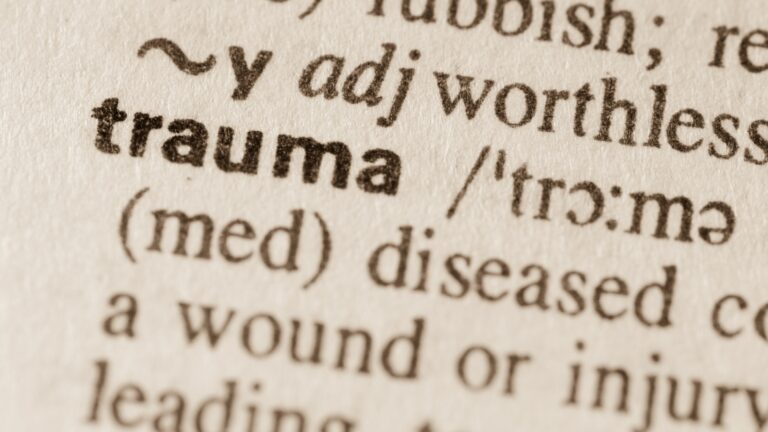Down syndrome is a genetic condition that affects approximately 1 in every 700 births. It is caused by an extra copy of chromosome 21, which leads to cognitive and physical impairments. While individuals with Down syndrome face many challenges, they can still lead fulfilling lives with appropriate support and care. In this article, we will explore the symptoms, causes, and treatment options for Down syndrome. At Vision Public Charitable Trust We have a core team of consulting psychologists, educational psychologists, and clinical psychologists that provide meaningful and much needed consulting and guidance. Know more about mindfulpaths.
Symptoms of Down Syndrome:
The symptoms of Down syndrome can vary widely from person to person. However, some common symptoms include intellectual disability, delayed language development, and low muscle tone. Individuals with Down syndrome may also have characteristic facial features, such as almond-shaped eyes and a flattened facial profile. Additionally, they may be at an increased risk for certain health conditions, including congenital heart defects, respiratory infections, and vision and hearing problems.

Causes of Down Syndrome:
Down syndrome is caused by an extra copy of chromosome 21. This extra genetic material alters the normal course of development, leading to the physical and cognitive impairments associated with the condition. While the exact cause of the extra chromosome is not fully understood, it is known that it is not related to anything that the parents did or did not do.
Down syndrome is caused by an extra copy of chromosome 21, also known as trisomy 21. In most cases, this occurs as a random event during the formation of the egg or sperm cell. This means that it is not caused by anything that the parents did or did not do. The extra genetic material that results from the extra chromosome alters the normal course of development, leading to the physical and cognitive impairments associated with the condition.
There are three different types of Down syndrome: trisomy 21, mosaicism, and translocation. Trisomy 21 is the most common type and occurs when there is an extra copy of chromosome 21 in every cell in the body. This accounts for approximately 95% of all cases of Down syndrome. Mosaicism occurs when there is a mixture of cells in the body, some of which have the extra chromosome and some of which do not. This accounts for approximately 1% of all cases of Down syndrome. Translocation occurs when a portion of chromosome 21 breaks off and attaches to another chromosome. This accounts for approximately 4% of all cases of Down syndrome.
While the exact cause of the extra chromosome is not fully understood, researchers have identified several risk factors that may increase the likelihood of having a child with Down syndrome. These risk factors include:
- Maternal age: The likelihood of having a child with Down syndrome increases as a woman gets older. However, most children with Down syndrome are born to women under the age of 35, simply because younger women have more children.
- Family history: If a parent carries a translocation or other chromosomal abnormality, the risk of having a child with Down syndrome is increased.
- Certain medical conditions: Women who have certain medical conditions, such as celiac disease or diabetes, may be at an increased risk of having a child with Down syndrome.
It is important to note that while these risk factors may increase the likelihood of having a child with Down syndrome, most cases occur spontaneously and cannot be predicted or prevented.
Treatment Options for Down Syndrome:
There is no cure for Down syndrome, but there are many treatment options that can help individuals with the condition lead fulfilling lives. Early intervention is key to helping children with Down syndrome develop to their full potential. Early intervention may include physical therapy, speech therapy, and occupational therapy. Additionally, special education programs can help individuals with Down syndrome learn important skills and gain independence.
Medical treatment is also important for individuals with Down syndrome. They may need ongoing medical care to manage health conditions, such as heart defects and respiratory infections. Regular checkups and screenings can help catch health issues early, which can lead to better outcomes.
In some cases, individuals with Down syndrome may benefit from medication to manage symptoms. For example, medication may be used to manage anxiety, depression, or ADHD.
Finally, community support is essential for individuals with Down syndrome and their families. Support groups can provide a sense of community and help individuals with Down syndrome and their families connect with others who understand their experiences.
In conclusion, Down syndrome is a genetic condition that can cause physical and cognitive impairments. However, with appropriate support and care, individuals with Down syndrome can lead fulfilling lives. Early intervention, medical care, and community support are essential for individuals with Down syndrome to thrive. While there is no cure for Down syndrome, treatment options are available to help manage symptoms and improve quality of life.
About me

D Singh Virmani
Consulting & Educational Psychologist





This article provides a comprehensive overview of Down syndrome, including its symptoms, causes, and treatment options. It is informative and easy to understand, making it a great resource for anyone seeking to learn more about this condition. The emphasis on early intervention and community support is particularly important, as it highlights the importance of providing individuals with Down syndrome with the resources they need to lead fulfilling lives. Overall, this article is a valuable resource for anyone seeking to learn more about Down syndrome and how to support individuals with this condition.
Once of the finest piece of knowledge I have read on down syndrome. This organization is seriously making a difference in the life of specially abled students.